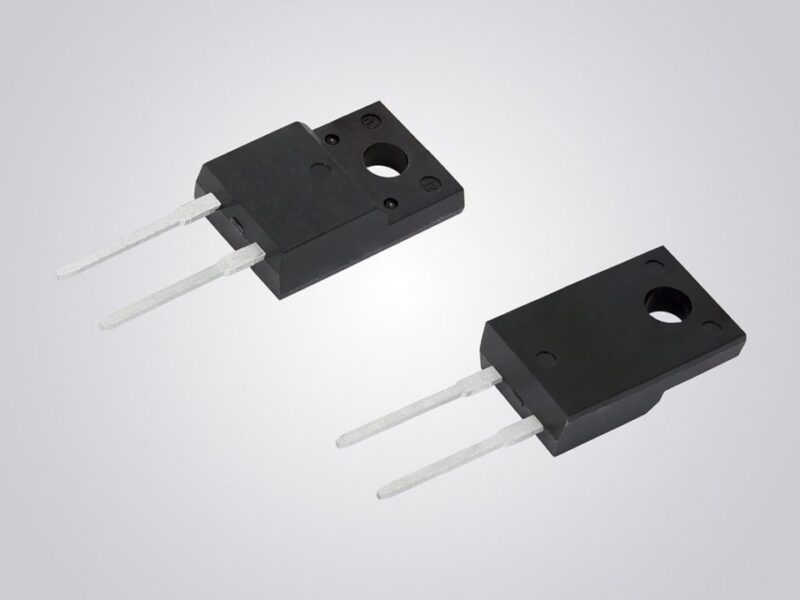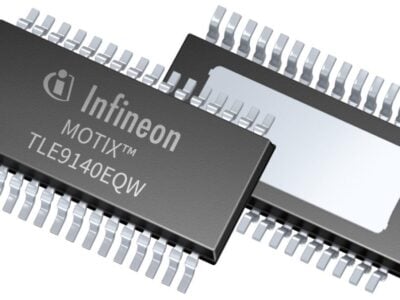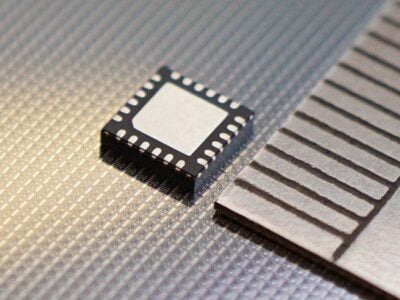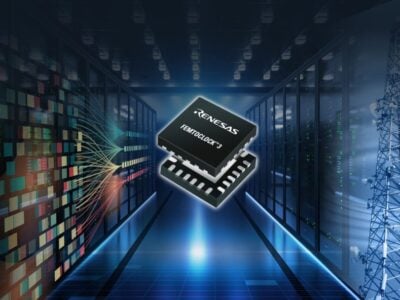
Hyperfast rectifiers offer best in class reverse recovery
Vishay Intertechnology has introduced four new FRED Pt® Gen 5 600-V hyperfast rectifiers in a fully isolated TO-220 FullPAK 2L package. Offering the best reverse recovery performance for devices in their class, the 12-A VS-E5TW1206FP-N3 and VS-E5TX1206FP-N3 and 15-A VS-E5TW1506FP-N3 and VS-E5TX1506FP-N3 are designed to increase the efficiency of medium frequency converters and of hard- and soft-switched or resonant designs.
Compared to previous-generation products, these new hyperfast rectifiers reduce reverse recovery charge (Qrr) by 60 %, resulting in 90 % lower recovery losses. Furthermore, the rectifiers deliver a 10 % improvement in reverse recovery energy (Erec) compared to the closest competing device, a softer recovery tail for improved EMI reduction, and more stable operation over their entire operating temperature range for increased thermal performance.
With the latest addition to its family of Gen 5 600-V FRED Pt rectifiers, Vishay is extending the benefits of high end Si technology to different circuit topologies, including classic and bridgeless power factor correction (PFC) front-end configurations. The devices will serve as output and PFC rectifiers for AC/DC and DC/DC power stages in industrial applications — including air conditioners, off-board chargers, lighting, hybrid solar inverters, and UPS — where they will guarantee system reliability and robustness without compromising on performance.
The VS-E5TW1206FP-N3, VS-E5TX1206FP-N3, VS-E5TW1506FP-N3, and VS-E5TX1506FP-N3 are available in X-type and the new W-type speed classes. For CCM and resonant applications with higher switching frequencies to 100 kHz and low di/dt to 350 kHz, W-type devices deliver lower Qrr, while X-type rectifiers offer lower forward voltage. RoHS-compliant and halogen-free, the rectifiers provide high temperature operation to +175 °C and isolation voltage of 2500 V.
 If you enjoyed this article, you will like the following ones: don't miss them by subscribing to :
eeNews on Google News
If you enjoyed this article, you will like the following ones: don't miss them by subscribing to :
eeNews on Google News




